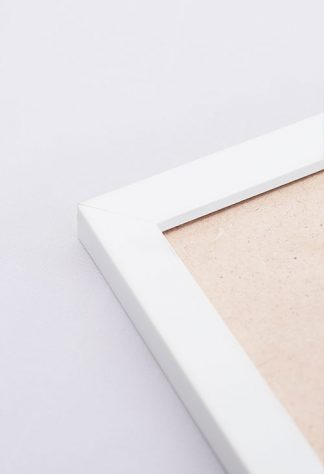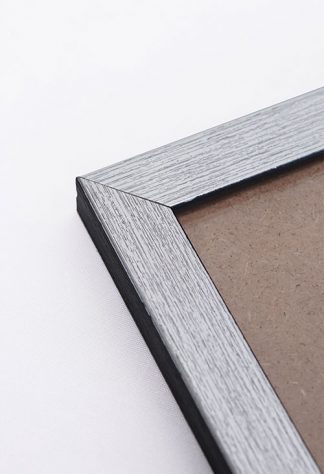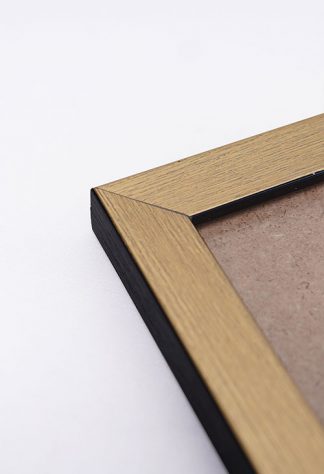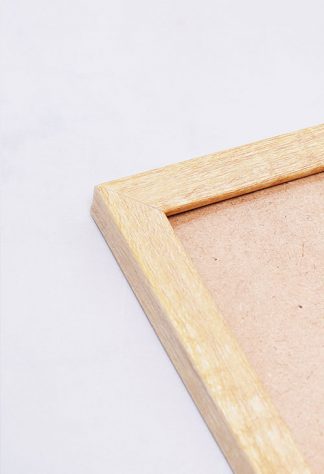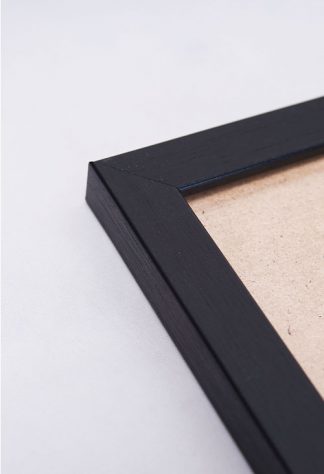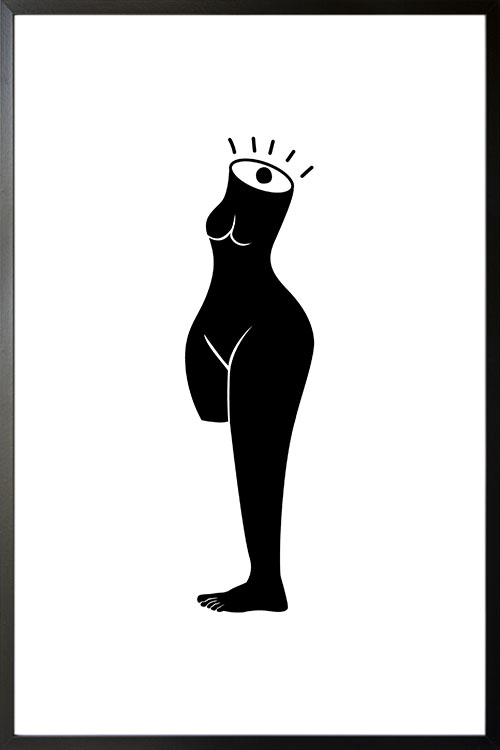
A remarkable poster that will help create a minimalist room. The poster will also be used to personalize your bedroom. A perfect design to give any room a sense of adventure. Along with other black and white prints, this art will be the highlight of your room.
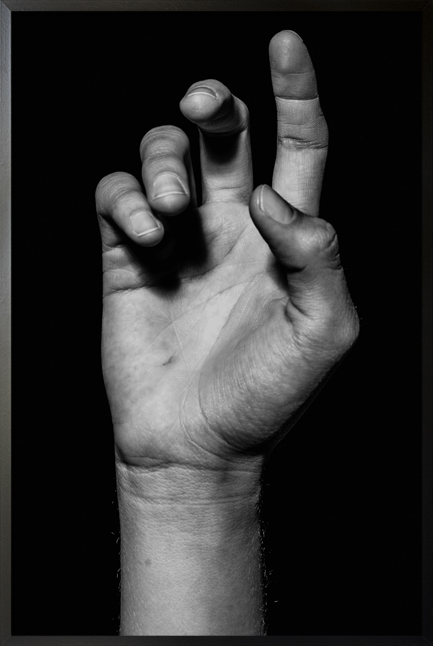
A remarkable image of a hand in black and white. A poster art that will make your room trendy and stylish. The display of this art will likewise create a theme for your home such as a Scandinavian or minimalist design style.
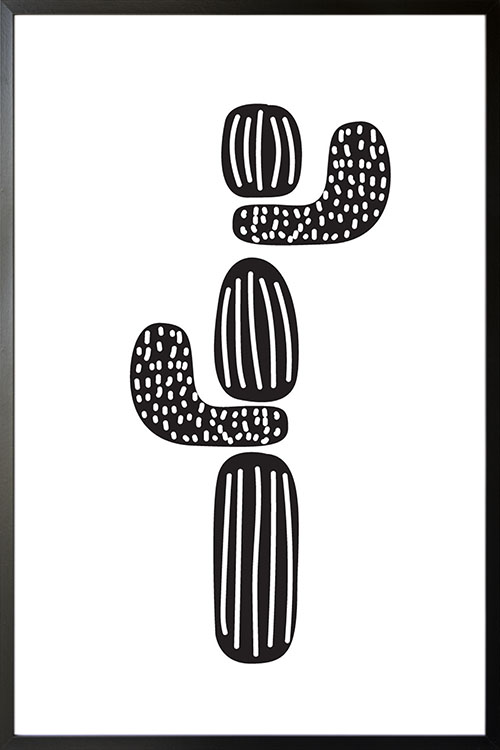
A beautiful poster art that will create a lonely wall art. In black and white, the poster will help in creating a lovely room interior. The poster design will likewise complete a minimalist room design. Display the poster in the living room, bedroom, or bathroom and it will be a wonderful focal point that will be adored by your family and friends.
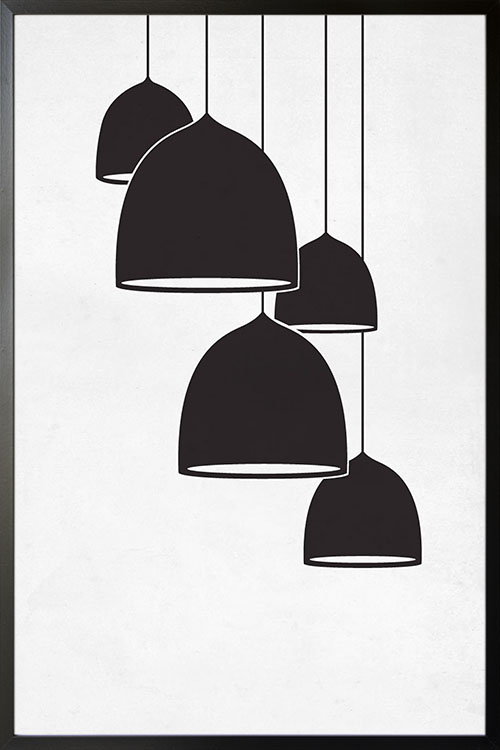
A beautiful poster art that will create a lonely wall art. In black and white, the poster will help in creating a lovely room interior. The poster design will likewise complete a minimalist room design. Display the poster in the living room, bedroom, or bathroom and it will be a wonderful focal point that will be adored by your family and friends.
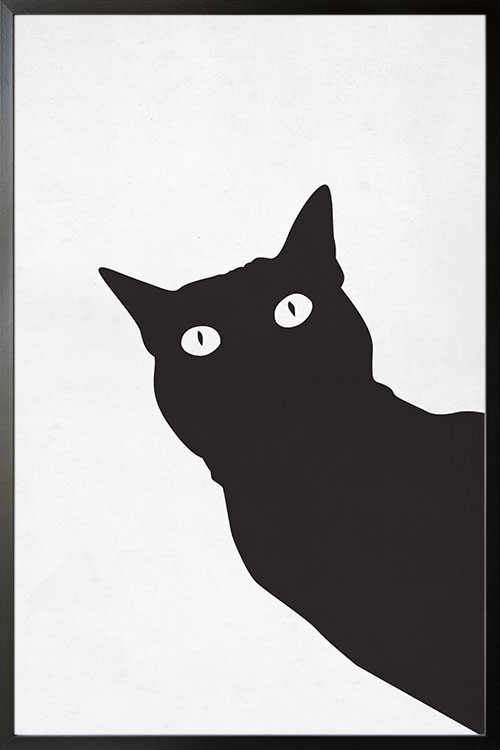
A beautiful poster art that will create a lonely wall art. In black and white, the poster will help in creating a lovely room interior. The poster design will likewise complete a minimalist room design. Display the poster in the living room, bedroom, or bathroom and it will be a wonderful focal point that will be adored by your family and friends.
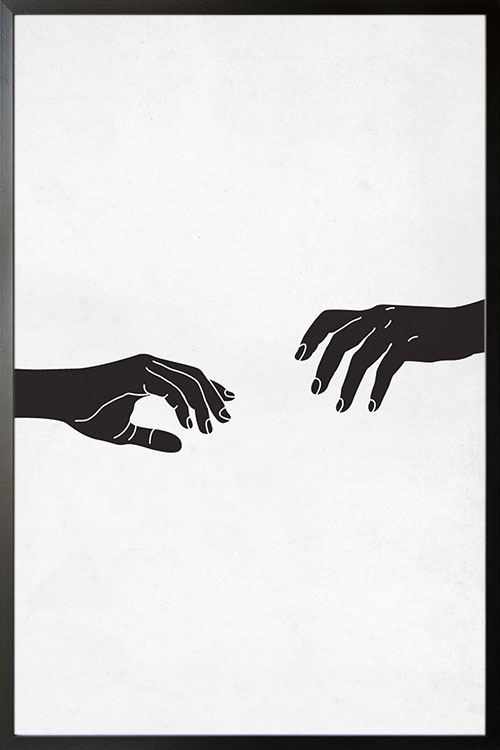
A beautiful poster art that will create a lonely wall art. In black and white, the poster will help in creating a lovely room interior. The poster design will likewise complete a minimalist room design. Display the poster in the living room, bedroom, or bathroom and it will be a wonderful focal point that will be adored by your family and friends.
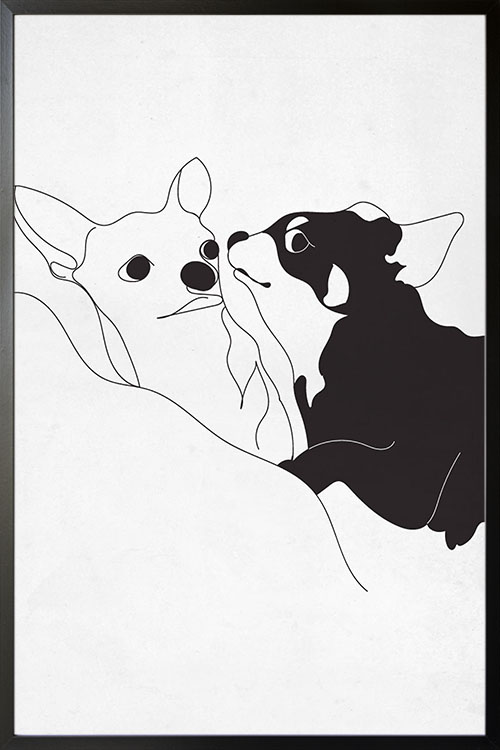
Dogs anyone? Add a lovely poster in your room to make it more interesting and attractive. The poster features cute and cuddly dogs in line art. A perfect poster design that will help create a minimalist or Scandinavian interior design style.
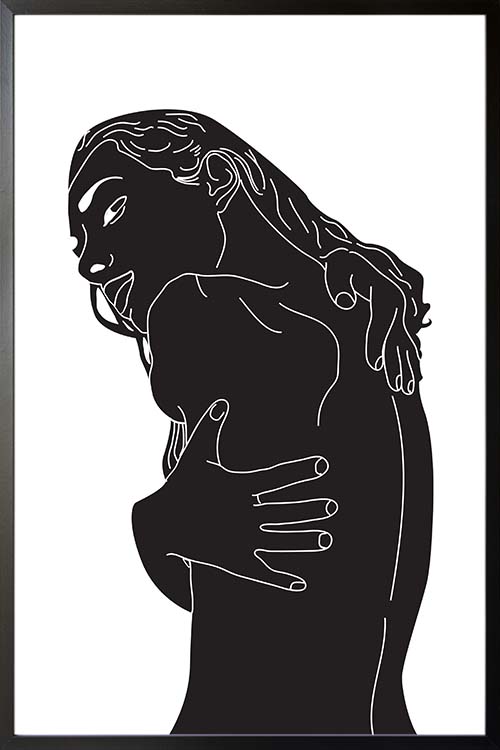
Unique and interesting image of a woman. Self hugging is a way of comforting oneself without relying on others. In black and white, the art can help create a minimalist or Scandinavian interior design style. The enlarged print when displayed in the living room can be a wonderful focal point that will catch the attention of the audience.
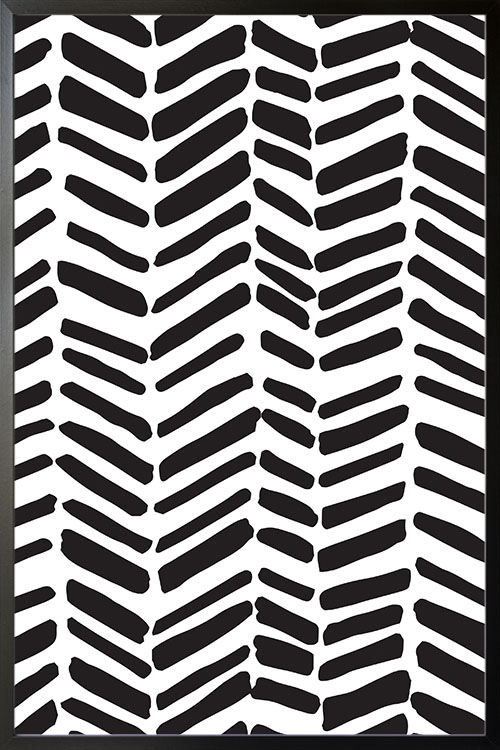
Black and White tire tracks for a refined interior appearance. A simple yet impressive version of tire tracks. The black prints and the white background are a perfect combination to create a minimalist appearance to your interior. The poster art also evokes a clean, sophisticated, and elegant look to your space. A poster art that will surely make your interior extraordinary.
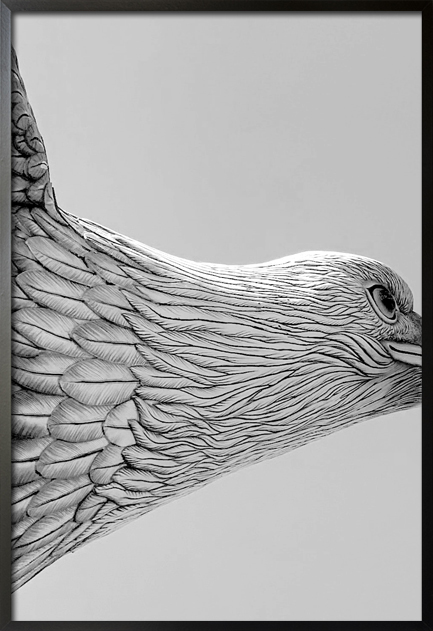
Birds of prey are considered to be the terrors of the skies. The display of the poster can create impressive wall art that will likewise represent who and what you are. These fantastic birds are known for their strength, courage, and endurance. With these traits, you will be able to personalize and customize your room. The black and white appearance can also help you achieve a minimalist or Scandinavian room interior design style.










